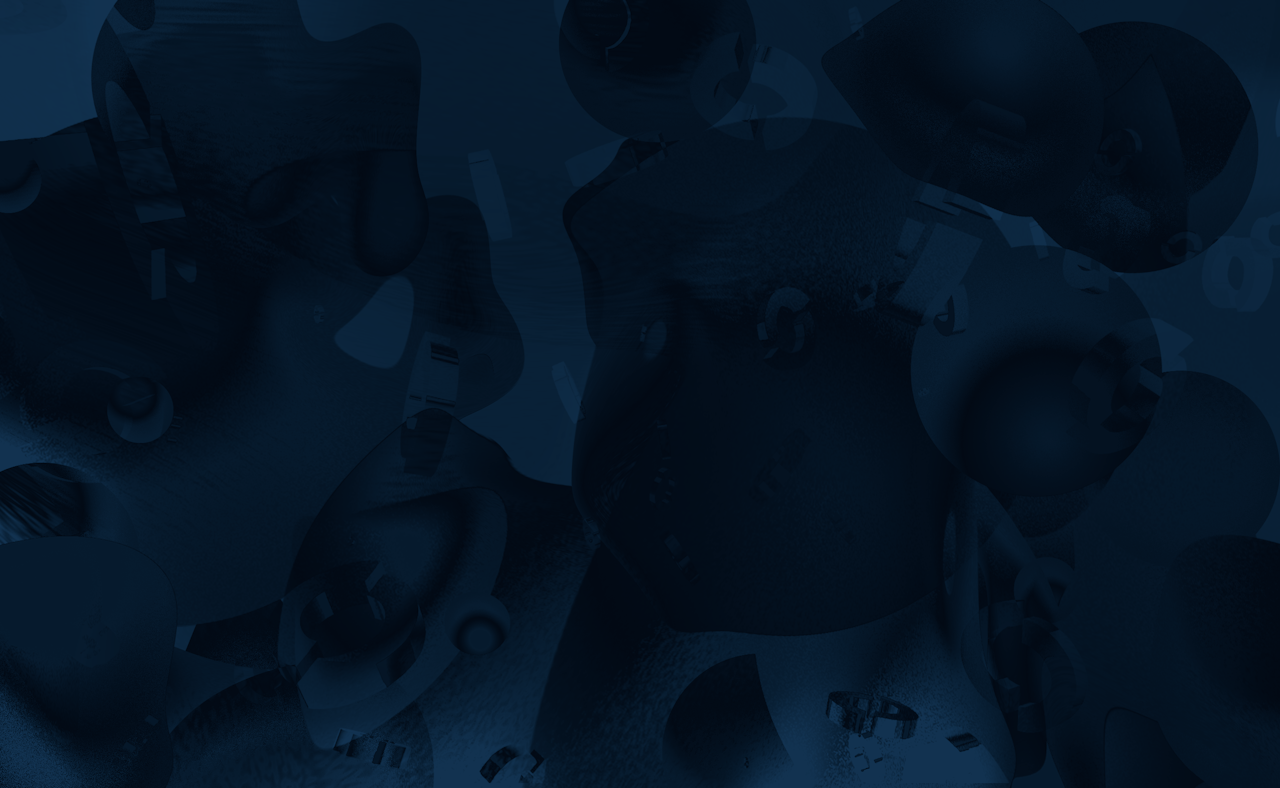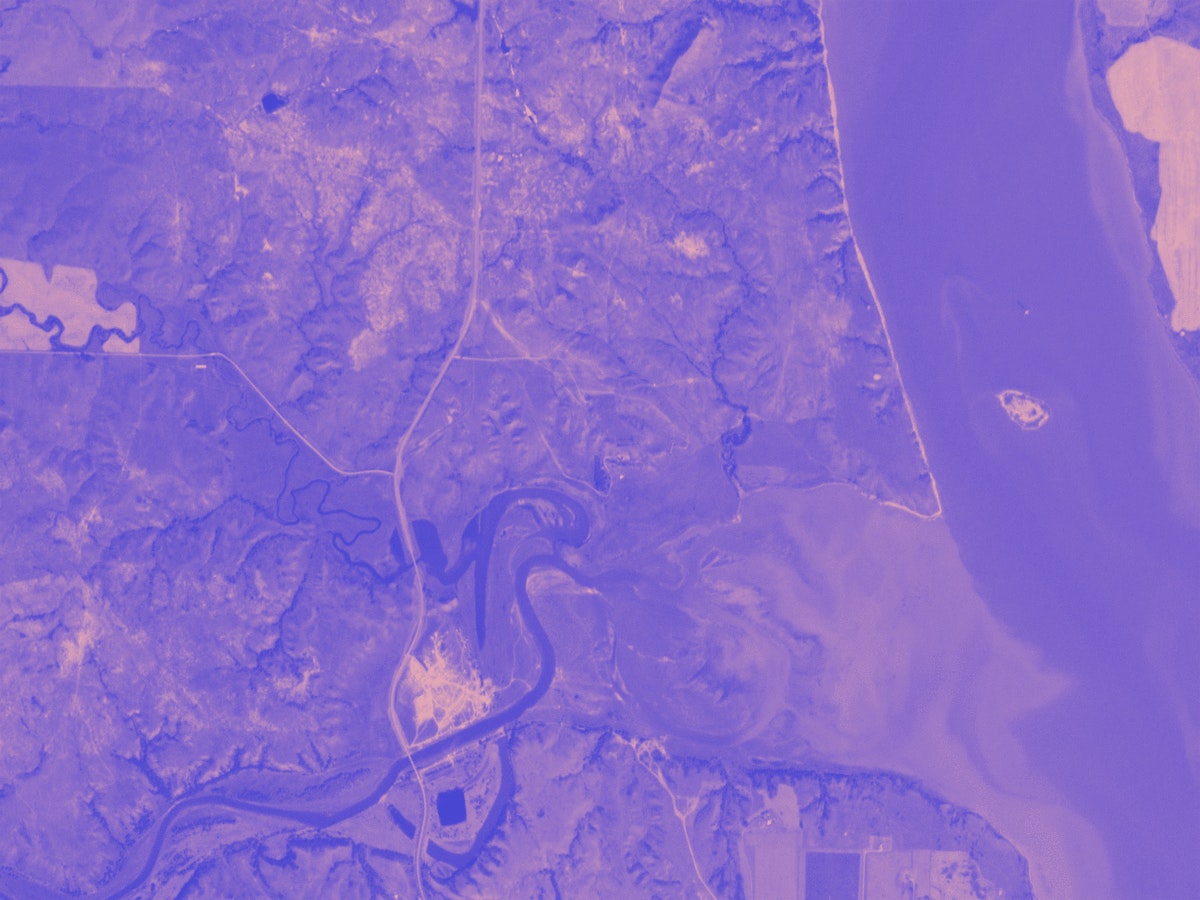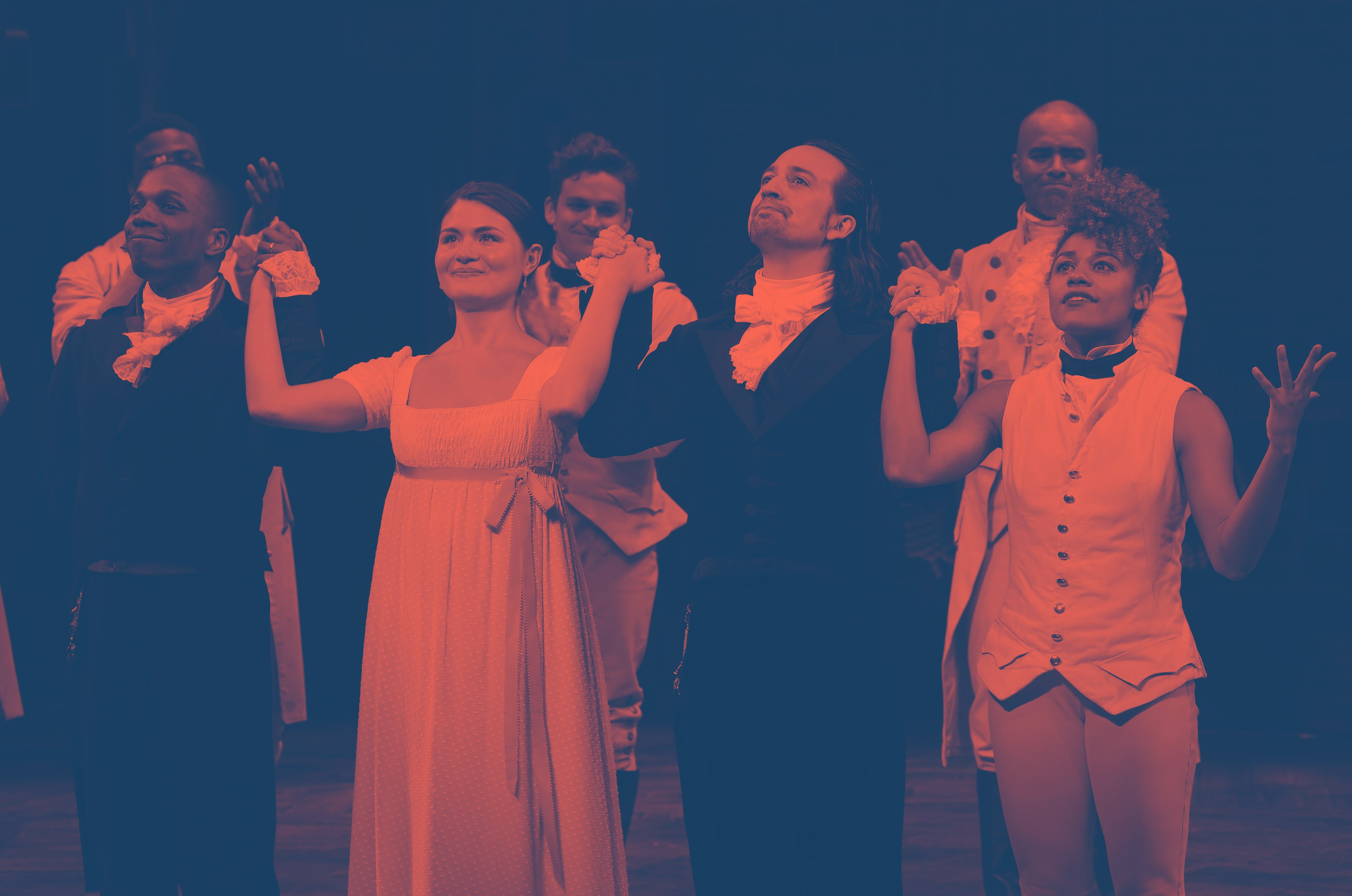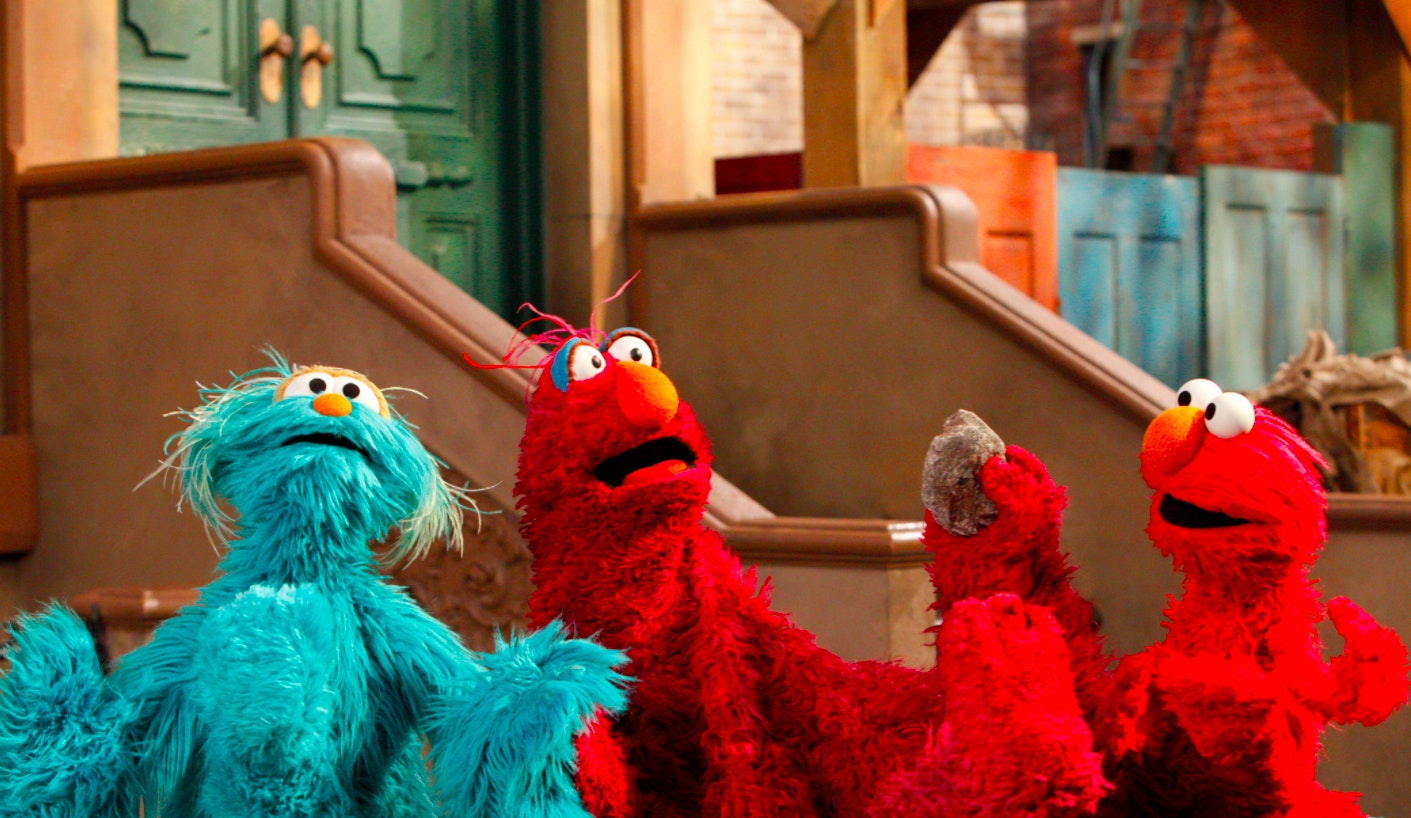Welcome to The Outline, a new kind of publication for a new kind of human. We made this thing because we believe that the right story told in the right way can change someone's life. But telling the right stories for right now — and telling them in a way that's meaningful and modern — isn't going to happen by itself. We have to make it happen. No one else can do it for us. So we're doing it.
I'm not going to bore you with every tiny detail, but by now it should be rather clear that something is broken in the way the media functions and in what is expected of a media organization. This is not entirely the fault of the news industry, but it's not not the industry's fault. The math of this miscalculation is clear: For far too long the media industrial complex has relied on the crutch of scale and quantity, regurgitative storytelling practices, the strength of other people's technology and ideas, and a skewed view of its own position in the world. And that has been detrimental to the audience and the business alike.
Our foundational reason for building The Outline is that we're really excited about putting something into the world that wasn't there before. We’re focused on three topics that are increasingly converging in strange and important ways: power (who has it, who wants it, and what do they do when they get it?), culture (the way we live and communicate), and the future (where we’re going next).
But we’re not telling any of these stories just because there’s space to fill in your day. We’re telling them because we think there's a whole other narrative happening in the world that's unseen, underreported, or dismissed altogether. We also are just really psyched to build new, weird things on the internet.
If we have a central goal, it's to feed your curiosity and intelligence every day with as much respect and honesty as possible. No games, just something fucking interesting.
What we're building
We wanted to make something from the ground up that is capable of rejecting and / or subverting conventional wisdom about what a media company does. That means at every level of what we've built we're trying to create what is right for us and what is right for you, not what the industry is demanding.
We built a brand new platform for our team so that we can tell stories in the form that seems most appropriate for that story. Obviously we made this for a mobile-everything world (because we're not insane), but it actually scales to lots of devices in lots of ways.
What’s most exciting about the platform is that we're able to break apart and atomize story elements into forms that are sized for what we want to communicate. So our ability to point you toward some interesting data, or key facts about a story, or context about where a story is coming from is vastly expanded. But our system also provides an incredible way of building intricate, deep, creatively varied stories that can be a single narrative or a sum of parts. In short, it's a complex new piece of tech: a real-time, highly extensible, extremely modern way of making things on the internet.
A real-time, highly extensible, extremely modern way of making things on the internet.
You can see it at play in our story about what it's like to transition genders — twice — or a fascinating story about the future of satellite surveillance (hint: it's going to be everywhere and forever). You can watch a video on the man who wrecked (or restored, depending on your view) the show Sesame Street, or listen to a brilliant piece of audio about what new art is coming in the wake of Hamilton — because modern stories don't come in one shape or one size. Feeling competitive? Try and land one of Elon Musk's rockets on Mars.
I could have linked to all of these stories, but instead they're bundled into this handy thing below. We call it a stack. Enjoy.
We've been able to make these things because we've formed an incredible new team from scratch. Devs that speak the language of editorial, writers who understand code, video producers who embrace interactivity, designers who are invested in the practice of journalism. Hell, our head of revenue (hi, Amanda!) went to the Columbia School of Journalism. And we're arranged in a way that allows everyone to have a voice in the process. I am particularly proud of the team we've brought together and the way that team has been able to execute an enormous amount of work in a very short period of time.
Where this goes next
We're launching The Outline today, but that's not the end of our work. Actually, it's the start of it. We have ideas about how people will use this product and how an audience will respond to what we put into the world, but we won't really know until you start playing around with this crazy thing we've made. And since a lot of this is unexplored territory, we expect that you'll see some unexpected / unusual results depending on how and where you look. The future is scary and wonderful and weird. Embrace it.
The future is scary and wonderful and weird. Embrace it.
The core of what we're doing is embracing technology as a catalyst for better ways to communicate. Not for the sake of saying it, not because I'm a nerd, but because in my eyes there is no other way forward for us. If we're just words on someone else's platform, video done the way they want it, keywords arranged in accordance with an algorithm... that's not real creation. That's about moving units. We have the expanse of the internet and all that it's capable of as a vehicle for saying new things, and we plan to say them loudly and often. On our terms. In our voice.
This is messy and strange and unfamiliar in a lot of ways, but it's also incredibly exciting. We don't have to follow someone else's script; we can write our own story.
Who made this?
It would be unfair of me to not talk about the absolutely incredible group of people who made (and will make) The Outline a reality. This business and this brand isn't just built by people — it is those people. One cannot be abstracted from the other. So let me tell you where this all came from.
Our incredible platform was created by our CTO Ivar Vong, along with our two senior devs Stephen Cronin and Dave Lucia. They were joined for most of this trip by Christopher Anderson and Chris Baptista from Code & Theory, two of several people from the C&T team who essentially became Outline family during this process.
Everything you see, read, watch, or listen to was made by our editorial team. Emily Brown, Billy Disney, Peyton Dix, Khalila Douze, Tolu Edionwe, Aaron Edwards, Stephane Elbaz, Leah Finnegan, Jeff Ihaza, Adrianne Jeffries, Laura June, John Lagomarsino, Jordan Oplinger, Owen Phillips, Sam Thonis, and Christine Werthman put this whole thing together (along with some really incredible contributors you’ll see all over The Outline). We’ve also been brain-melding with Chris Baker and Brian Moore (AKA the GOP Arcade) to build some really interesting game experiences.
Amanda Hale has magically turned this crazy idea into a real business as our CRO, and Nicole Dalessandro has been absolutely clutch in pulling all of this madness together alongside her.
And there probably are no appropriate words to thank our Chief of Staff Elias Rothblatt, who has not only been an incredible partner in figuring out how to make this business work, but also made sure our team was happy, healthy, and eating on a regular basis. And he made sure we had an office. And he kept me (mostly) on schedule, which is no small feat. He also got us a nice k-cup machine.
We designed and built a lot of what The Outline is with Code & Theory, and I want to call out my incredible friends and collaborators there, without whom this project would have never become a reality. Dan Gardner, Michael Treff, and Brandon Ralph helped me bring this to life in the very earliest days, when it was just a weird fantasy in my mind. We have spent nearly a decade working on new things together, but this is different for many reasons. They are three distinct geniuses and I am so lucky to have them along for this ride.
There are too many people to list who have helped with this project at C&T, but I want to thank Matt Chmiel, Chenta Yu, Ben Berentson, Sarah Ozdamar, Bree Sullivan, Mike Lubey, David Whitely, Jae-won Choi, Andrew Bergal, Jeshurun Webb, Gina Erickson, Ricky Blake, Marc Rabinowitz, Lacy Garrison, Peter Gallo, and Liz Vayda. We could not have done this without you. You are my heroes.
The adorable and completely deranged characters you see guiding you around the site were designed by Rob Corradetti (also known as Killer Acid). And don't be surprised if you see more of those stickers popping up.
I also want to shout out our three charter sponsors — Cadillac, Under Armour Sportswear, and method — who went out on a limb to create something distinct and original with us in a very short period of time. We have really beautiful advertising as a result — ads that respect our readers and embrace modern tech.
Finally, there would be no Outline without the faith and support of our investors: RRE, Boat Rocker, Advancit, and NextView. These teams were willing to invest actual money into something new and something very different, and that is exceptionally rare. Thank you for taking a chance on this.
Okay. That's a lot of words. And there’s a whole universe of stories to explore on The Outline, one that we’ve spent a lot of time crafting. But that universe isn’t complete without you in it. And now you’re here.
So let’s go.





